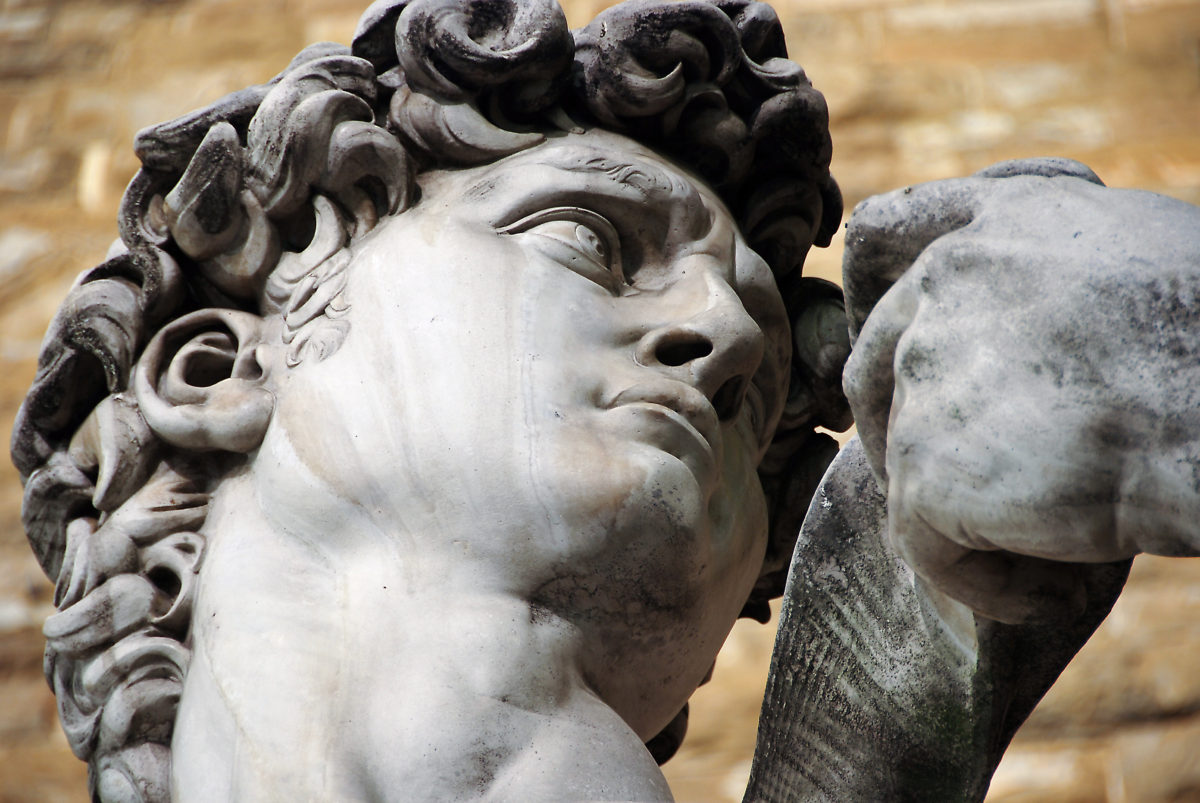This document may be used for private study or research purpose only. This document or any part of it may not be duplicated and/or distributed without permission of the copyright owner
The study of Science in its disparate realms has indisputably percolated the history of Man. Science but its purpose has been forgotten. It is a sustained effort to ascertain and foster human knowledge and intellectual capacity through disciplined research as means to improve the human condition by forging a superior quality of life for more individuals. This mindset remains rampant these days since scientists globally press on with developments and findings to existing ubiquitous challenges including climate change and poverty. However, it is facile to be cognizant of why some folks may remonstrate that Man has steadily overlooked the intrinsic worth of Science. Instead, critics suggest the humankind has transgressed perimeters, exploiting Science to a degree where its significance is corrupted. This essay aims to communicate that Man has not been inordinately myopic. After all, the intention of Science has propagated till today. Science has also heralded in a 21st century which is radically superior relative to the prior eras, with sanguinity and the makings for substantial advancement.
Civilizations’ annals may appear to endorse Man’s appalling background of our application, or more accurately, the abuse of Science. For instance, the breakthrough in analyses of nuclear energy pledged plummeting dependence on gradually depleting fossil fuels and natural gases. On contrary, it precipitated the atomic bombings in Hiroshima and Nagasaki of which its implications of the calamities on the Japanese society still spawn vulnerability in this day and age. The misuse of nuclear energy ushered in a time period of reciprocally assured ruination during the Cold War years as well as predominantly during the Cuban Missile Crisis. Thus, cynics asserted that the human race has lost sight of the rationale of Science long ago. They contend that the purpose of Science was acutely exploited and wielded by those in clout for detrimental ends and egocentric pursuits as a substitute to its premeditated function in ameliorating quality of life.
In spite of an element of legitimacy in the detractors’ claims, they are but superficial and cursory evaluation. Beneath the exterior, there are plenty of world leaders and commoners alike who have stepped to the fore in rally critical of abuse of Science. This incited nuclear arms talks to preclude any additional demises from nuclear assaults between states. The signing of the primary internationally negotiated nuclear arms summit, the Partial Test Ban Treaty in 1963, was ascribed to worldwide pressure and communities such as SANE. Therefore, whenever Science’s bona fide relevance seems to be undermined formerly, Man has arbitrated to suspend its misuse and circumvent further manipulation.
Moreover, a number of individuals may point to the example of South Korean scientist Hwang Woo Suk, vilified for his sham allegations that he had determined an innovation in stem cell examination. Instead of employing Science to factually develop and expand accessible details on the function of stem cells, Hwang belied information thereby contravening the exact tenet all scientists adhere to which is every hypothesis structured has to be validated by perceptible and tangible support.
Regrettably to express, several scientists increasingly pervert results, arguing that “trivial” margin of error will not yield disparities. Hence, Man has lost track of the objective purpose of Science in the rat race to emerge as pioneer, blinded to the system and regulations which lend scientific findings its cogency and ascendancy.
Science has been drawn upon for ethical and benign incentives, realizing its inherent merit and capacity. The case in point, Science in agriculture has considerably progressed in recent decades with the Green Revolution and new school practices of husbandry to meet the demands of the planet’s burgeoning population. The upsurge of automated farming by means of Science to discern precisely the pertinent environment sought for maximum crop growth has observed a contemporaneous rise in agrarian output in states as heterogeneous as Germany, Australia in addition to Africa. Therefore, Science has been channelled to increase the quality of life for Man in Third World and developed states similarly. The figure of campaigns against international food shortage and pro alleviating famine unmistakably attest we have not turned a blind eye to the indigent in industrializing states amidst growth.
Although Science has been manipulated and exploited by Man to serve cataclysmic mainspring sporadically, it remains a phenomenal reservoir of information for humanity. Man has harnessed Science to better understand the Earth as well as to improve our quality of life to an unparalleled height which was solely a vision of our forefathers. The movement for advancement and progress by means of Science is expected to continue unflaggingly in the foreseeable prospects thus Man is not sightless of the purpose of Science.





